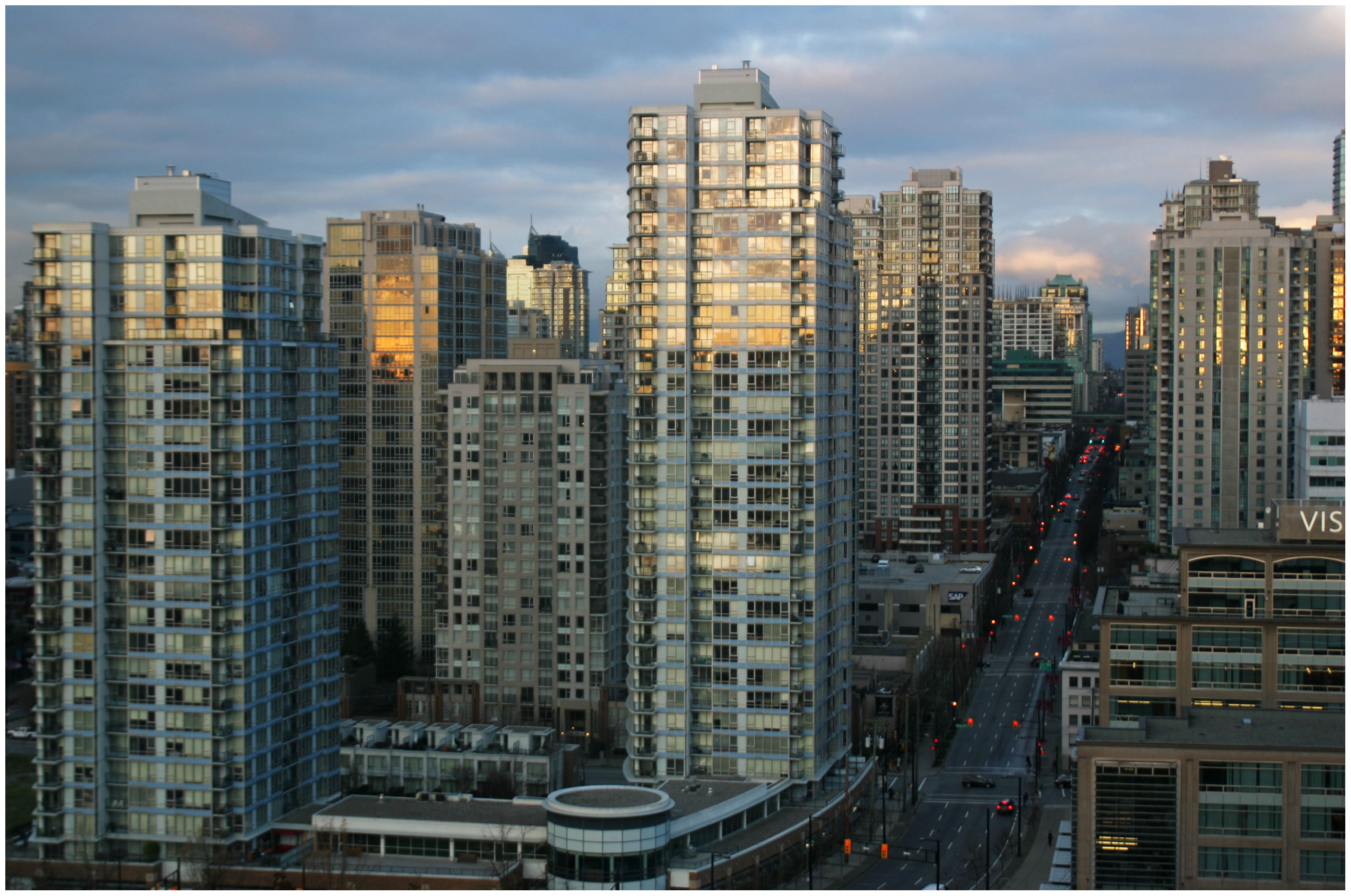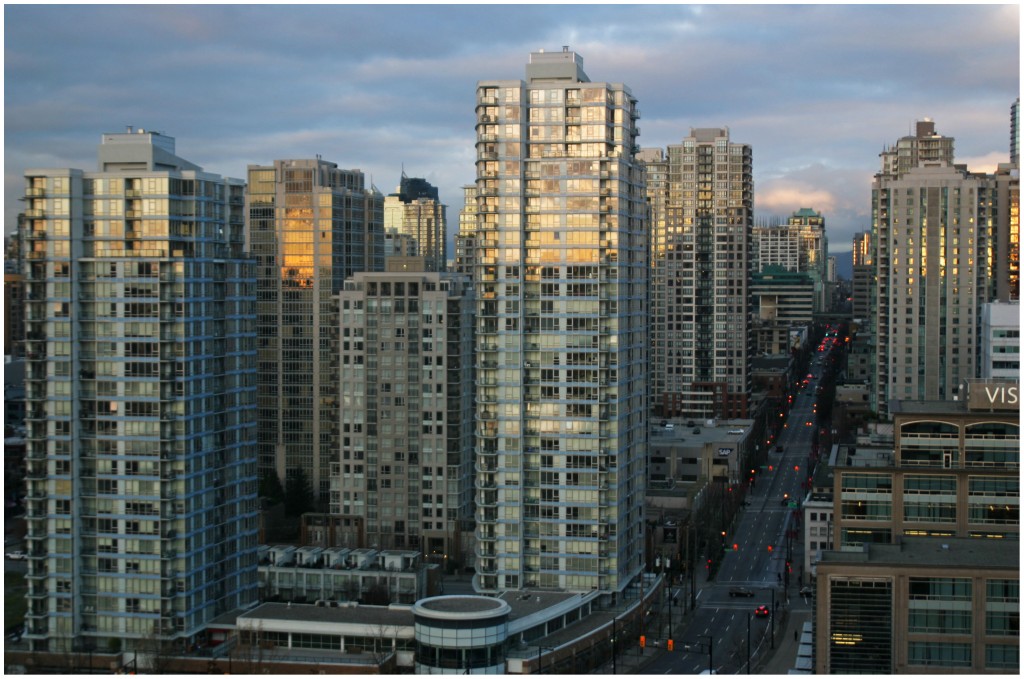Has the United States given up on building subway systems?.
Everyone knows that America’s roadways and bridges are crumbling, but the United States has also seemingly given up on its subway systems. Atlanta’s subway system was the last subway system started in the U.S., and its construction commenced in 1979. Since that time no other American city has been able to figure out the financing of a subway system with the disappearance of federal funding support. More from Governing:
The rapid pace of subway construction, especially in developing countries, has driven the number of systems in the world to more than 190, according to the Economist. One reason for the boom has to do with government stimulus programs that followed the financial crisis, allowing investment in subway construction to soar. One country that’s noticeably absent from the project lists that appear in trade publications is the U.S.
With transit funding still uncertain, given the lack of a stable, dependable funding stream from Congress, all but a handful of cities have decided to stay clear of such money-draining projects…Some might argue that we don’t need such large-scale transit systems, which are not only expensive to build but expensive to run. Indeed, debates over the pros and cons of a subway system have killed many plans while delaying some construction projects for decades, not just in the U.S. but in other countries as well. Still, we can’t ignore the fact that the U.S. is becoming an increasingly urbanized country, with more people working and living in cities every year.


